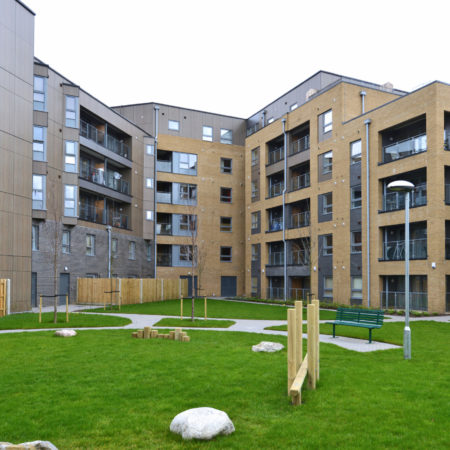Net Zero or EPC Level C – Where Should the Focus Be?
Social housing providers have two major landmarks on the horizon (in addition to the ‘routine business’ of implementing new building safety and liveable homes legislation).
Net zero carbon by 2050 is the big one. But, as an interim measure, there’s also the need to ensure that all social homes achieve at least EPC level C by 2030.
The EPC target in itself is a huge challenge. It’s also one that has yet to be fully quantified.
The government’s Social Housing Decarbonisation Study found that only 65% of social housing providers were confident about the EPC status of more than 90% of their homes. 9% of providers didn’t know the EPC status of any of their homes.
Assumptions and Risks
Making detailed plans for net zero carbon while there are substantial knowledge gaps about the stock makes little sense. There are too many assumptions and unquantifiable risks.
With so many questions about net zero unanswered, many social housing providers are taking a pragmatic approach. Their priority is to organise the home insulation programmes needed to reach EPC level C across their entire stock as quickly as possible.
There are advantages to this approach. The first is that the specifications and supply chains for home insulation are more mature than for low carbon heating systems such as air source heat pumps. There are also fewer unanswered technical questions.
Feeling the Benefit
The other big advantage is that more residents will feel a tangible benefit within a short period of time. They’ll feel it in their energy bills and the comfort of their homes.
While focusing on the EPC target it’s essential not to overlook the bigger net zero goal. Stock condition surveys should look more widely than the 2030 deadline. This will ensure that the whole data gathering exercise doesn’t have to be repeated in a few years time.
Overall cost-effectiveness should still be a factor. In some cases it will make sense to go beyond the standards needed for EPC level C while work is being carried out. It might also bring forward the decisions about which homes could never be zero carbon and need to be replaced rather than retrofitted.
For ideas about how to approach zero carbon retrofit at scale visit our resource centre. Or contact Nick Davidge ([email protected]).

